
Is Trump spurring Europe’s pursuit of independence from US?
US president’s foreign policy blitz has leaders in European capitals worried and making calls for unity- ‘There’s a much more serious conversation in Europe now about do they need to be prepared to defend themselves on their own,’ says Steven Pifer, a former US ambassador to Ukraine- Next four years promise to be ‘a fairly bumpy period in US-European relations,’ Pifer tells Anadolu
By Michael Hernandez
WASHINGTON (AA) – President Donald Trump has made no secret of his desire to put the US and Europe on a collision course over a wide range of priorities, from defense spending to a transatlantic trade war and, perhaps most sensationally, his desire to control the Arctic island of Greenland.
Trump, as always, has charged full bore into the international arena, this time appearing more emboldened than his first term in office. In just over two weeks, he has sparked a trade war with Canada, Mexico, and China, proposed the US take ownership of the decimated Gaza Strip to turn the Palestinian territory into a luxury vacation hotspot, and raised the specter of war in Latin America to annex the Panama Canal.
Europe, too, has not gone unnoticed in Trump’s breakneck upending of international norms.
The president has threatened to quickly impose tariffs on the EU, an action that would escalate his growing trade wars; demanded NATO allies more than double a defense spending goal established in 2014 to levels not even hit by the US; and refused to rule out the use of military force to seize the autonomous Danish territory of Greenland.
Now, a Europe that was already in the midst of setting itself on a more independent path after Trump’s first term in office, finds itself at a critical juncture – and the repercussions could be profound.
Steven Pifer, a former US ambassador to Ukraine, believes the next four years promise to be “a fairly bumpy period in US-European relations.”
“There’s a much more serious conversation in Europe now about do they need to be prepared to defend themselves on their own,” Pifer, now a non-resident senior fellow at the Brookings Institution think tank, told Anadolu.
EU leaders have long sought to urge the 27-member bloc to take a more independent path from the US, a push that gained momentum during Trump’s first term and has grown in popularity in the intervening years.
Those talks likely accelerated after Trump shocked the world with his desire to acquire Greenland, including by use of military force if necessary, claiming it is a national security priority.
French President Emmanuel Macron has pushed Europe for the better part of the past decade to adopt what he calls “strategic autonomy,” a departure from past decades defined by the bloc’s transatlantic alliance with the US.
“What will we do in Europe tomorrow if our American ally withdraws its warships from the Mediterranean? If they send their fighter jets from the Atlantic to the Pacific?” Macron told members of the French military on Jan. 22, echoing calls he has made since Trump first took office in 2017.
On the same day, German Chancellor Olaf Scholz described Trump as a “challenge” for Europe, saying the continent must be prepared to rise to the occasion with unity and determination.
“Our position is clear. Europe is a big economic power with around 450 million citizens. We are strong, we stand together. Europe will not duck and hide, but will be a constructive and self-confident partner,” he said.
- Pushing Europe away?
Trump himself has called on the US’ NATO allies, the bulk of whom are in Europe, to more than double an internal spending goal for nations to allot at least 2% of GDP on defense.
Of the alliance’s 32 members, 23 have hit the benchmark, a remarkable increase from 2021 when just six nations did so. That is due, in large part, to Russia’s conflict with Ukraine, which brought war back to Europe for the first time since World War II.
Trump has demanded NATO allies increase defense spending to 5% of GDP – a goal that even the US falls short of, spending 3.38%, according to the alliance’s latest figures. Currently, only Poland and Estonia spend a larger portion of GDP on defense at 4.12% and 3.43%, respectively.
Getting any of the allies to hit Trump’s new benchmark appears to be a bridge too far for many – but that may be the point.
Pifer agreed that European allies should spend more on defense, but said he hopes the new demand is a negotiating tactic because the goal is simply untenable for many in Europe.
“If that’s his expectation, I think there are a couple of countries that come close, but most countries are simply not going to be able, domestically, to get the political support for that kind of spending,” he said.
Trump, he said, does not fully appreciate just how much NATO allies “add to American security.”
Pifer stressed that the only time the alliance’s Article 5 mutual defense clause has been exercised was by the US in the wake of the Sept. 11, 2001 terrorist attacks, saying the defensive alliance is “not just about money.”
“While in the course of 20 years of fighting in Afghanistan, we lost about 2,400 American service personnel, what doesn’t get covered in America is NATO countries lost 1,000 troops fighting alongside the Americans,” he said.
“Those countries were only in Afghanistan because they were allies. So, I think it’s a mistake just to look at them in transactional terms, because when you look at Europe, there are a lot of shared interests, a lot of shared values that bring us together. I would argue that one of the assets the US has on the global stage is this network of allies and partnerships.”
- Greenland grab and tariff threats
That goodwill between the US and Europe, however, may have been dealt a significant blow with Trump’s threats to seize control of Greenland, a fellow NATO ally that is home to about 57,000 people.
“The idea that he would even say military options are on the table for dealing with an ally like this, that’s got to do damage,” said Pifer.
“It’s got to do damage to the relationship with Denmark, but I think it's also causing other Europeans and other American allies and partners to say, what kind of Washington is it that they’re now going to have to deal with?” he said.
The extreme fragility of the moment is further compounded by Trump’s threats to turn his international tariff campaign on Europe, economic penalties that threaten to prompt rapid retaliation from across the Atlantic.
Trump has bemoaned what he says is an extreme imbalance in trade with the EU, claiming the bloc “has treated us so terribly,” and vowing to “absolutely” impose tariffs on imports.
“They don’t take our cars; they don’t take our farm products. They take almost nothing, and we take everything – from the millions of cars, tremendous amounts of food, and farm products,” he said.
US exports to the EU’s 27 member states totaled $350.8 billion, while imports were at $553.3 billion in 2022, the latest year for which the US Trade Representative has data.
That does not account for the full trade picture, however, with the US having a roughly $70 billion edge in service trade.
There is also more foreign direct investment flowing into the US from Europe than vice versa, to the tune of roughly $210 billion, according to the European Commission’s data.
“The European Union and the United States have the largest bilateral trade and investment relationship and enjoy the most integrated economic relationship in the world,” the commission says on its website.
“Although overtaken by China in 2020 as the largest trading partner specifically for goods, when services and investment are taken into account, the US remains the EU’s largest trading partner by far.”
Should Trump follow through on his tariff threats, the economic fallout could be profound, to say nothing of the lasting diplomatic damage that may ensue for an already battered transatlantic relationship.
Kaynak:![]()
This news has been read 364 times in total

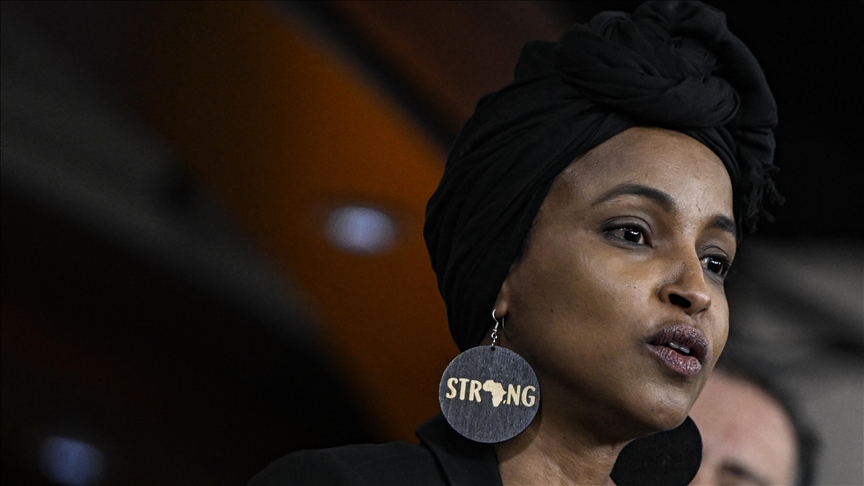
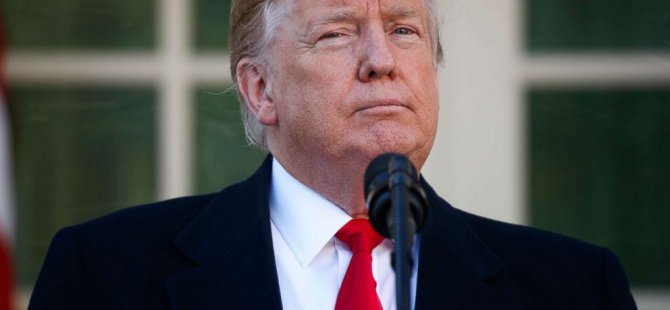
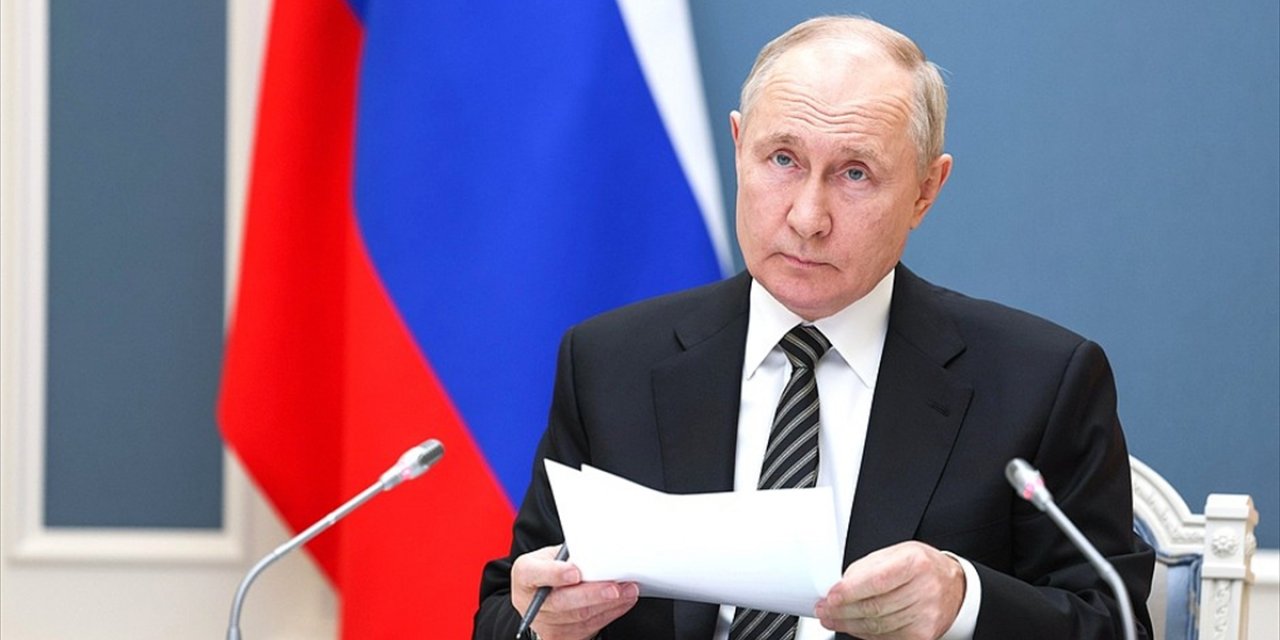

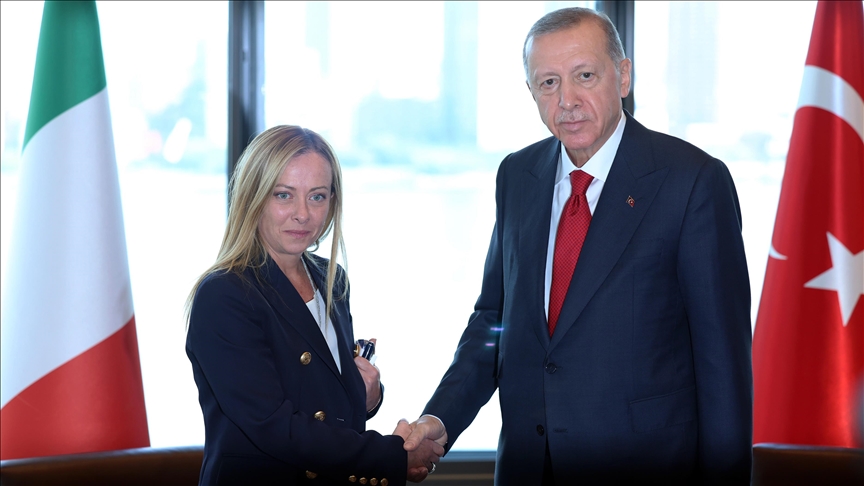
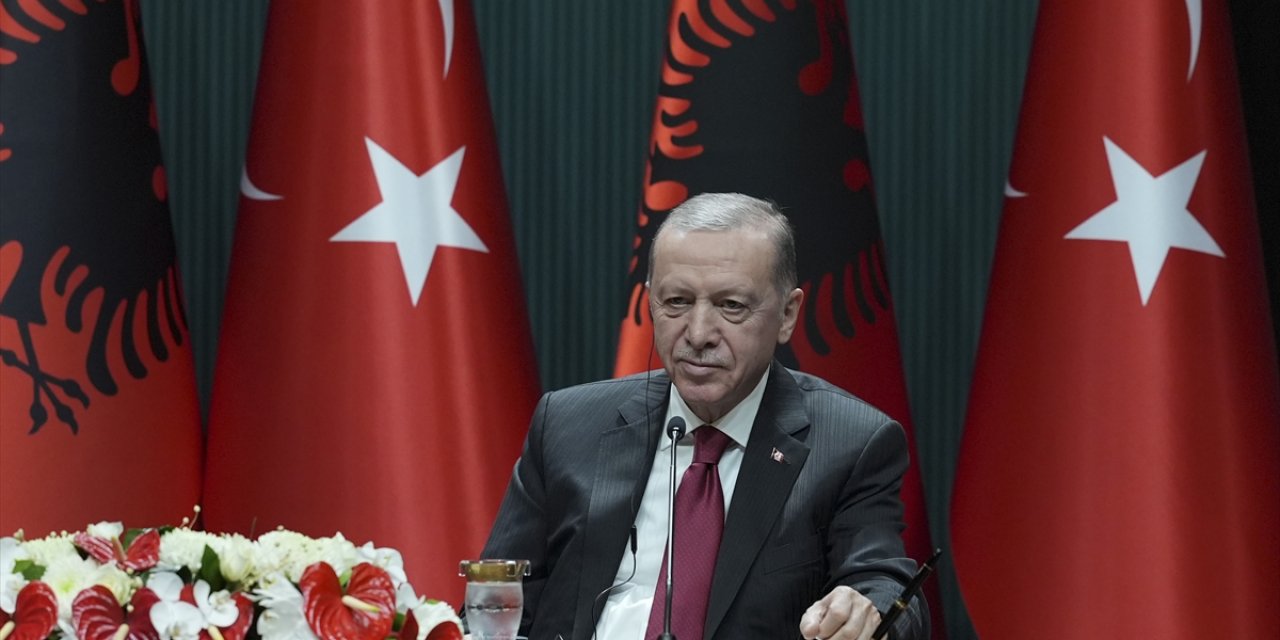

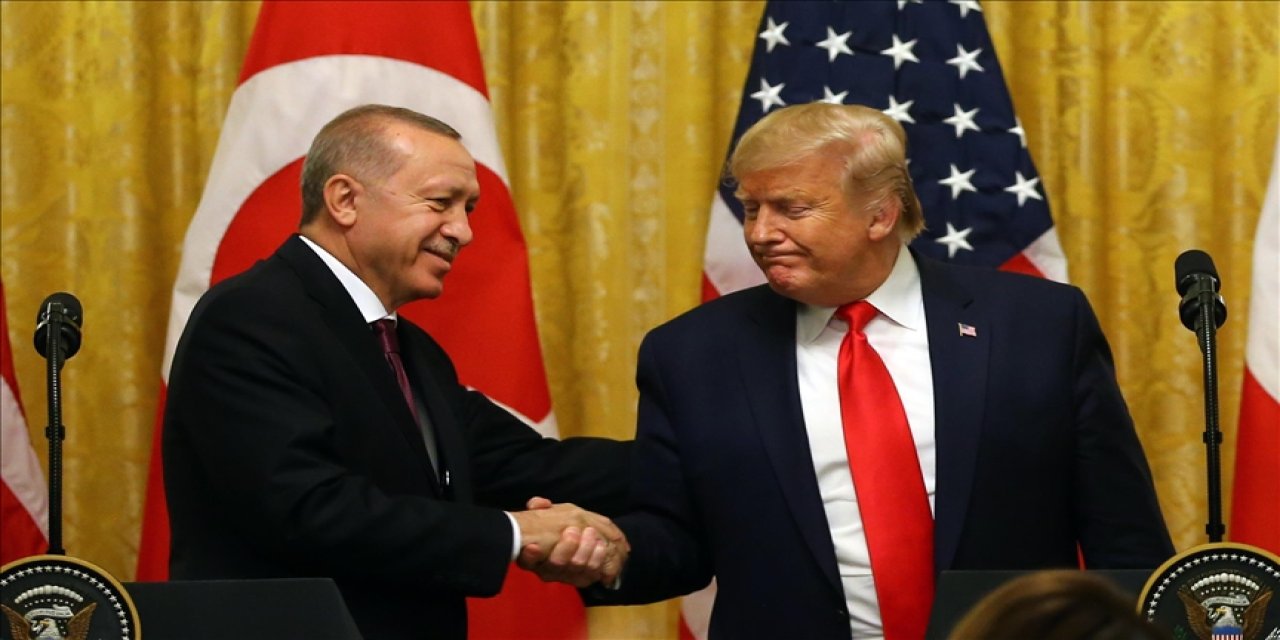
Türkçe karakter kullanılmayan ve büyük harflerle yazılmış yorumlar onaylanmamaktadır.